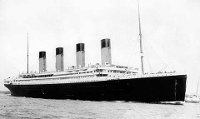 Claude Holloway died recently at the age of 93. He was one of the most successful motor torpedo boat commanders in the Mediterranean in the Second World War, earning a Distinguished Service Cross for his part in the Caorle Point action of April 1945, in which the 28th MTB Flotilla sank five enemy ships with six torpedoes. He also played a major role in rescuing dozens of sailors in the 1943 German air raid on Bari, Italy. His heroism nearly cost him his life.
Claude Holloway died recently at the age of 93. He was one of the most successful motor torpedo boat commanders in the Mediterranean in the Second World War, earning a Distinguished Service Cross for his part in the Caorle Point action of April 1945, in which the 28th MTB Flotilla sank five enemy ships with six torpedoes. He also played a major role in rescuing dozens of sailors in the 1943 German air raid on Bari, Italy. His heroism nearly cost him his life.
on December 2, 1943, 105 German Junkers Ju88 bombers of Luftflotte 2 attacked the harbor, crowded with Allied shipping, sinking 28 merchant ships and damaging 12 others. One of the ships destroyed was the American Liberty ship, the SS John Harvey, which was carrying a secret cargo of 2,000 M47A1 mustard gas bombs. The mustard gas in liquid form was sprayed across the harbor in the explosion which sank the John Harvey. 628 military victims were hospitalized with mustard gas symptoms, and 83 of them had died within a month. The number of civilian casualties is unknown.
Holloway’s command, MTB 242 of the 24th Flotilla, was moored at Bari during the attack. Holloway and his crew pulled dozens of sailors from the harbor waters and from burning ships. Holloway was covered in severe blisters and took three months to recover from his exposure to the chemical agents. The existence of the mustard gas on the John Harvey was covered up until after the war.
Claude Holloway: MTB commander who became a hero during the Bari harbour disaster
Continue reading

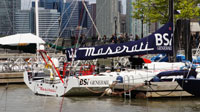

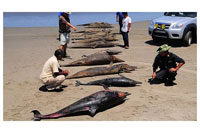
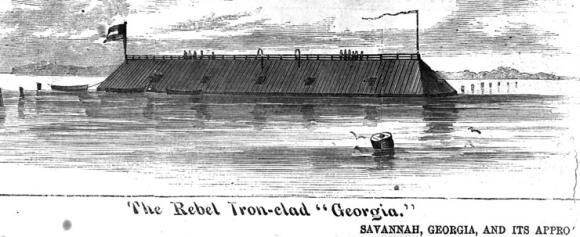 In 1865, the
In 1865, the 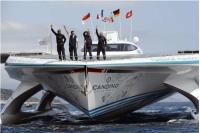 The 98-foot-long solar powered catamaran
The 98-foot-long solar powered catamaran 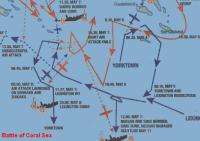 Seventy yeas ago, the Japanese and navies of the United States and Australia fought the
Seventy yeas ago, the Japanese and navies of the United States and Australia fought the 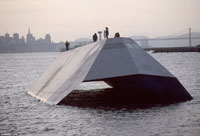
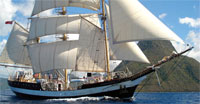 One of the most beautiful and most interesting tall ship sailing today, at least to my eye, is the three-masted barquentine
One of the most beautiful and most interesting tall ship sailing today, at least to my eye, is the three-masted barquentine  This Saturday, we will witness a perigee full moon, often called by the press, a “supermoon.” The full moon at its perigee, or closest approach to earth, will appear 16% bigger and will exert 42% more tidal force than a more typical full moon. Usually these “perigean tides” are only an inch or so higher or lower than normal. Local tidal conditions can amplify the effect, which is still usually no more than a 6″ change in high or low tide.
This Saturday, we will witness a perigee full moon, often called by the press, a “supermoon.” The full moon at its perigee, or closest approach to earth, will appear 16% bigger and will exert 42% more tidal force than a more typical full moon. Usually these “perigean tides” are only an inch or so higher or lower than normal. Local tidal conditions can amplify the effect, which is still usually no more than a 6″ change in high or low tide. In what may prove to be the worst ferry accident in India in recent years, it is still unclear how many passengers were lost when an overcrowded ferry capsized on Monday in the bad weather in the
In what may prove to be the worst ferry accident in India in recent years, it is still unclear how many passengers were lost when an overcrowded ferry capsized on Monday in the bad weather in the 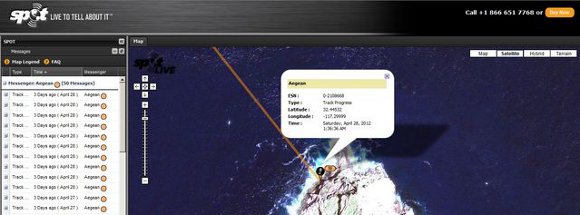 Initial speculation included an explosion and then a collision with a larger vessel. Now an online GPS tracking system,
Initial speculation included an explosion and then a collision with a larger vessel. Now an online GPS tracking system,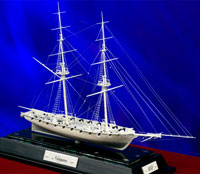

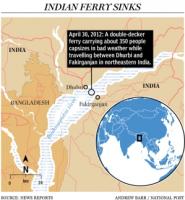 A double-decker ferry carrying an estimated 350 people capsized, broke apart and sank in the
A double-decker ferry carrying an estimated 350 people capsized, broke apart and sank in the 